Download Free Vegan Starter Kit -
.png)
Responsive Vs. Robotic Training: Making The Right Choice For Your Dog
When you get a new dog home, whether it’s a puppy or an adult, it is important for them to understand one thing - learning to listen to you and your entire family. Each species comes with their own instruction manual based on their natural instincts. If you think about it, each of them has a different method of training and communicating with one another. Training dogs through positive reinforcement techniques and negative punishments may not always be the best solution to train them. To keep it simple, we must become a dog to train a dog!
.png)
Identifying The Right Training Method
STEP 1: Understand that it is not about control
Most people like to train their dogs to do tricks. Tricks may seem fun for you, but what we need to ask ourselves is, is it something that our dog appreciates? When we make him dance around with a treat, is that really helping anyone? Sure, some dogs love performing, but not all dogs do. Training is not about how well you can control your dog, training is all about giving your dog the desired freedom at the same time making sure he listens to you at the time of need because he trusts you to know better.
When you are looking for the best training method for your dog, it’s essential to list down pointers on what would you like to train him in. For example, our team at All Ears focuses on a training curriculum that comprises of teaching the dog what is acceptable and what is off limits to him. Moreover, we focus on working with him to not run out of open doors or jump towards the kitchen counter when the food is being cooked. These type of training commands along with obedience training builds a strong foundation for a puppy right from a young age and stays with him for the next 12-15 years of his life with us. This is what we call Responsive Training.
.png)
To share with you a snippet from one of our training sessions with Joey, a young Labrador, who partnered with us to train his entire family. We did not involve any tricks or treats in the entire session course, rather focused on real-time issues and concerns. His major issue was that he barked back quite frequently when they would ask him to do something, apart from smaller issues like not letting the family touch the sensitive parts of his body like the ears, mouth etc. The temporary solution to these problems would be a one-size-fits-all training method which can be categorised as Robotic Training. But it does not help with understanding what your pet is truly feeling or saying with his actions. Following the rule of thumb of training where barking can be stopped by an ABC technique and to de-sensitise him towards his touch issues, follow the XYZ method.
Our team decided to do it a bit differently. We analysed the reasons for Joey to behave the way he did, hear his side of the story and transition it to ideal behavior with training. We learnt that his actions were simply reactions to a bigger problem he was trying to convey to his family, which was lack of trust and guidance. Once that was established, Joey felt more open to seek direction from his humans and instill his trust in them, permanently. Today, he walks off-leash with his parents and responds when called back or asked to sit, down and stay.
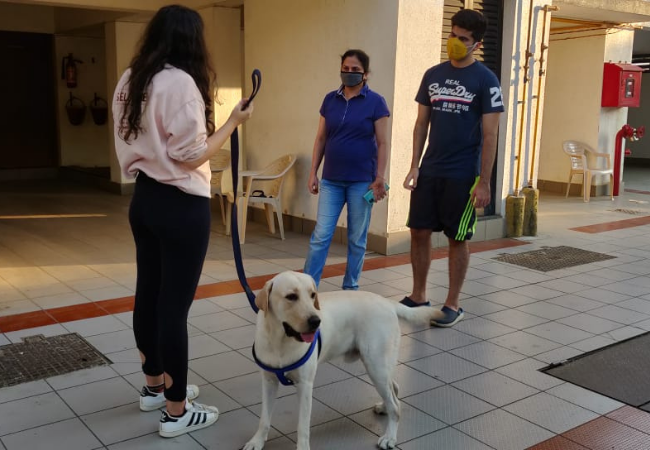
STEP 2: Choose between Robotic and Responsive Training
Moving ahead, it is important to make a conscious choice between the two. You may think to yourself on how you can take this decision, so we’ll make it easier for you. Ask your dog! If you’d like to know how you can hold a two-way conversation with your pet, you can refer to our previous article here.
All dogs come with unique personalities. While some may be obedient and learn the command quite easily, at the same time there would be others who would break the rules with every chance they get. This is why a robotic training method where we train all dogs to respond the same way may not always work as a favourable solution to the animals. We believe in partnering with our pets to learn from them on how they would like to be trained.
Let’s take an example here of a command ‘fetch’. One of our training partners, Chelsea, an adult indie rescue, had a distinctive personality compared to any other dog we had come across. He loved to come up with his own ways to entertain himself and it was amusing to watch him get creative at play! He would run to grab the ball and then be on his own trip, sometimes throwing the ball on his own, barking in excitement and chasing it. So when his parents asked us to teach him how to fetch on cue, we spoke to them about robotic vs. responsive training. Playing fetch is a fun activity for a dog where we get a chance to embrace the uniqueness of our pets. While some may like to run with the ball in their mouth, others would like to spit the ball on our feet demanding to engage in a game of catch. Accepting their originality with open arms is a better choice for you and your dog, rather than making even a fun game of play mechanical under treat-based training, and that is exactly what his family chose to do, embrace what made him special!
.png)
STEP 3 (The most important one): Don’t forget to have fun!
Training, in its truest essence, is about building a mutual bond of love, respect and trust with your dog. Your training sessions should be expressive and interactive for both you and your dog! The relationship your trainer shares with your dog plays an important role in shaping his behavior. If the commands/techniques remain robotic and unemotional, you may lose out on what the dog was trying to say. Hence, it’s important to respond to your pet and his needs as much as possible, because a happy puppy = happy you!
.png)
So we’re saying…
Our pets trust us to make the right choices for them and the only way we can do that is by listening to what they’re saying, through their actions and reactions. Let’s be mindful and present to serve their needs and meet them half-way to help them learn through the art of responsive training.
AUTHOR
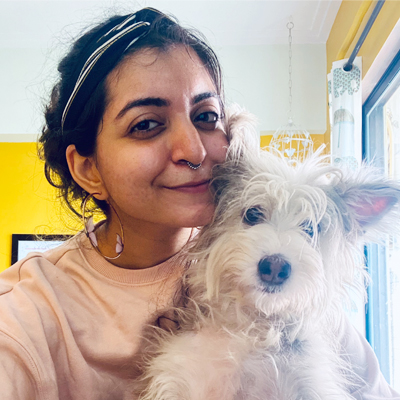
trending
Be a Vegan First Informer
Send us buzzworthy news and updates
Explore
Contact Us
About Us
Stay Connected
Copyright ⓒ 2017-2023. VEGAN PASSION PRIVATE LIMITED. All Rights reserved.
For more information, please write to hello@veganfirst.com
Registered Office Address: 55, 2nd floor, lane 2, Westend Marg, Saidullajab, Near Saket Metro Station, New Delhi, Gadaipur, New Delhi South West Delhi, DL

2.png)

.png)

.png)
2.png)
2.png)
2.png)


1.png)


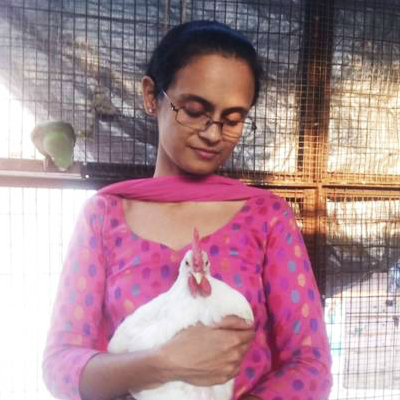

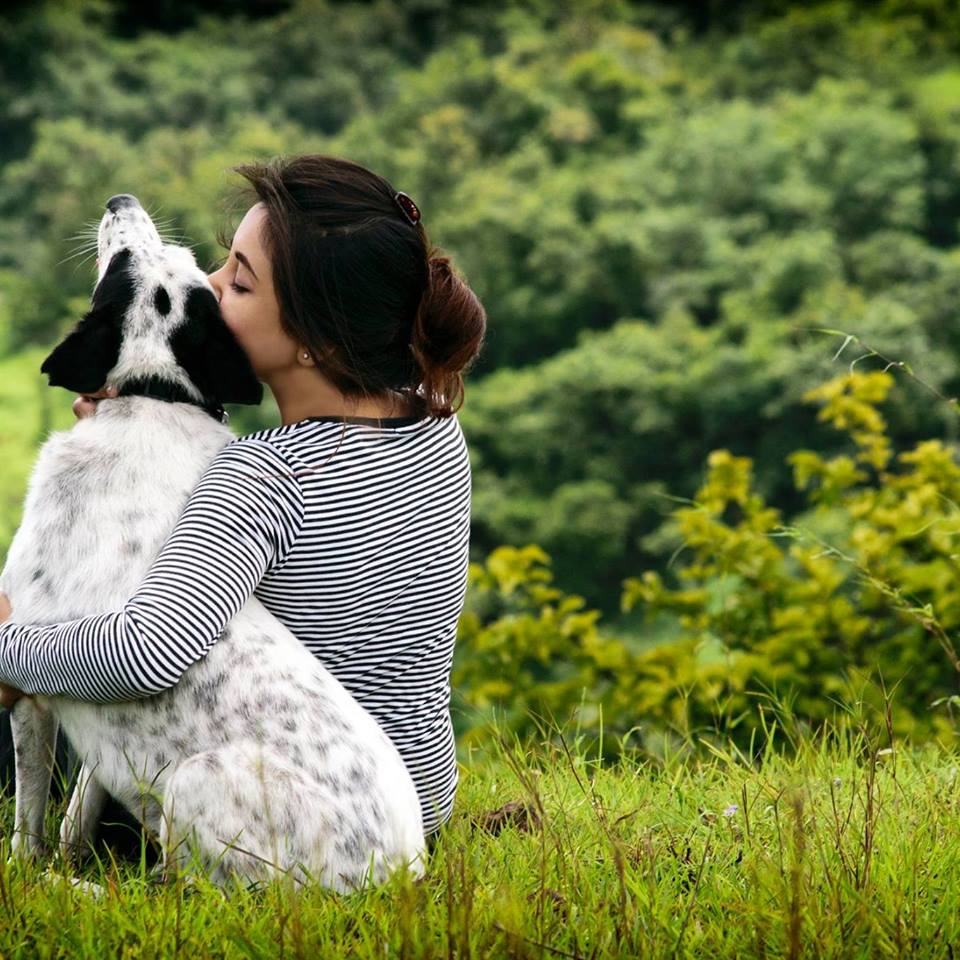



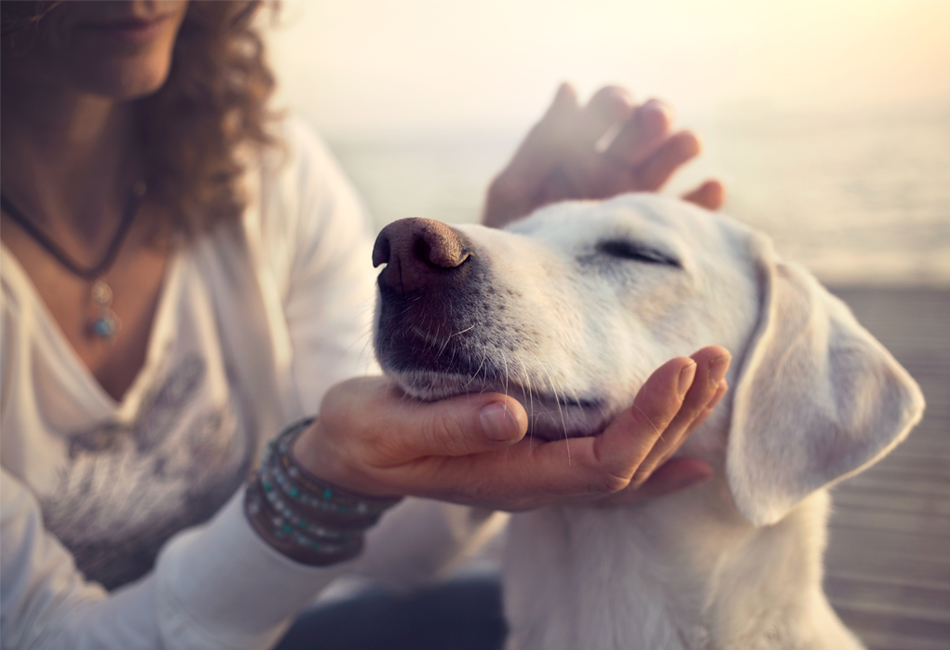
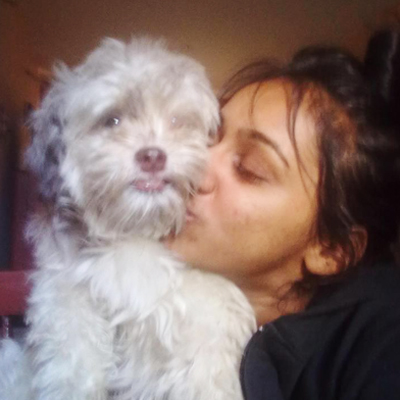
8.png)
